Erigeron caespitosus (Tufted Fleabane) - photos and description

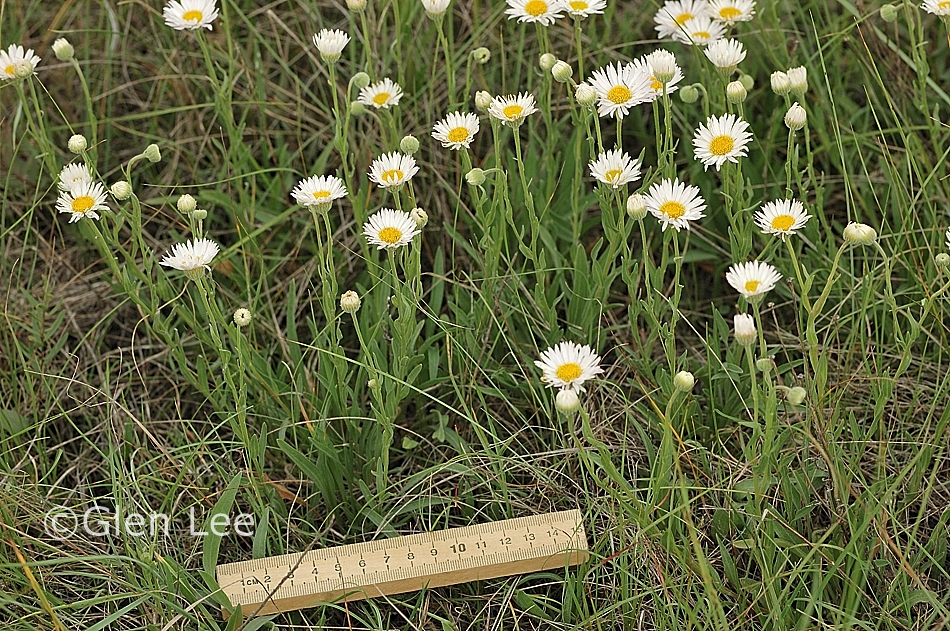
15 cm ruler for scale
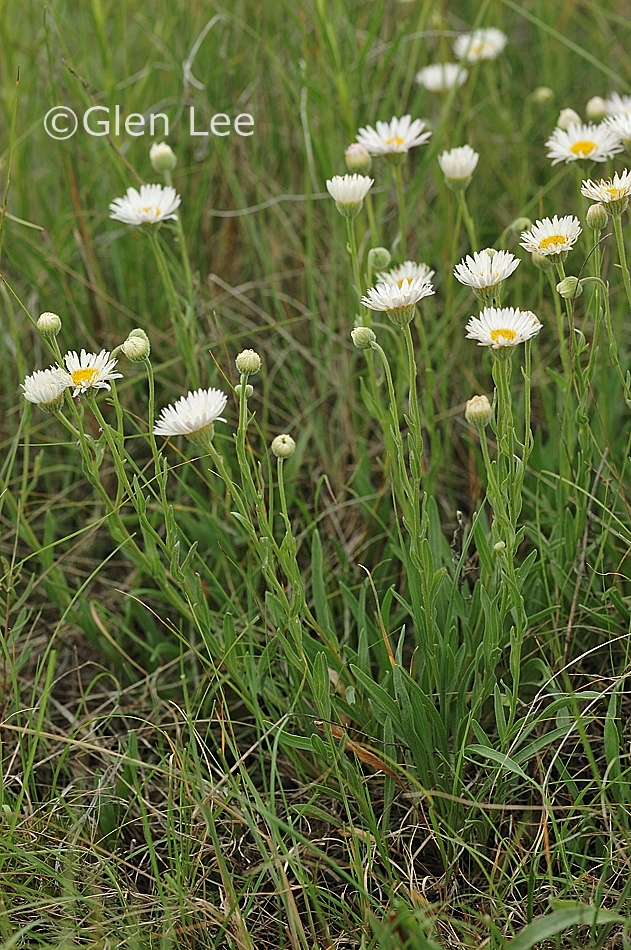


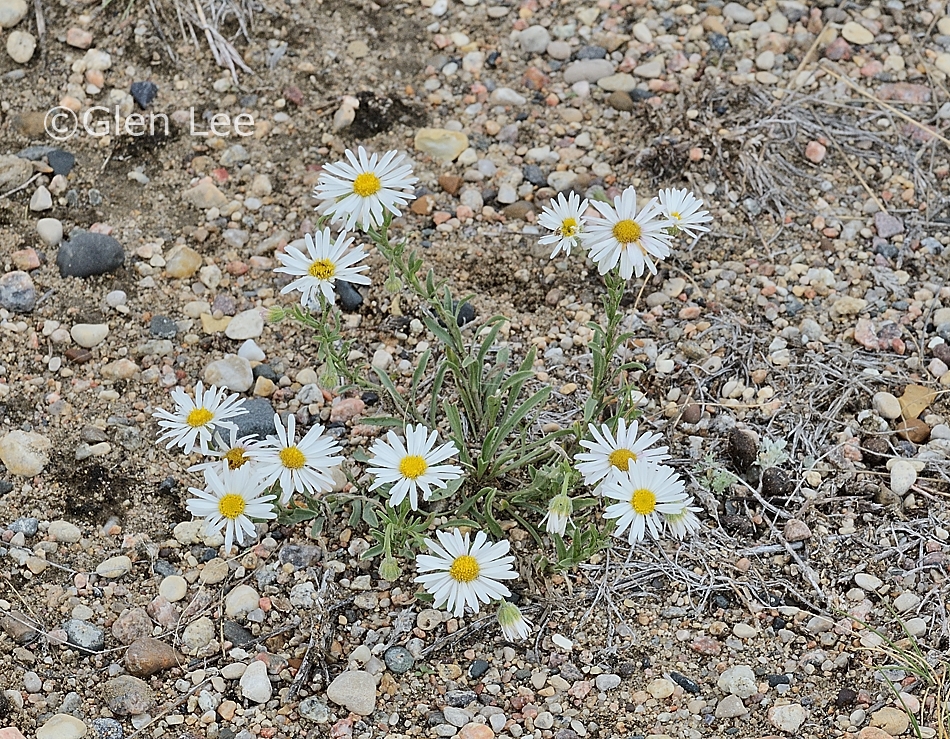
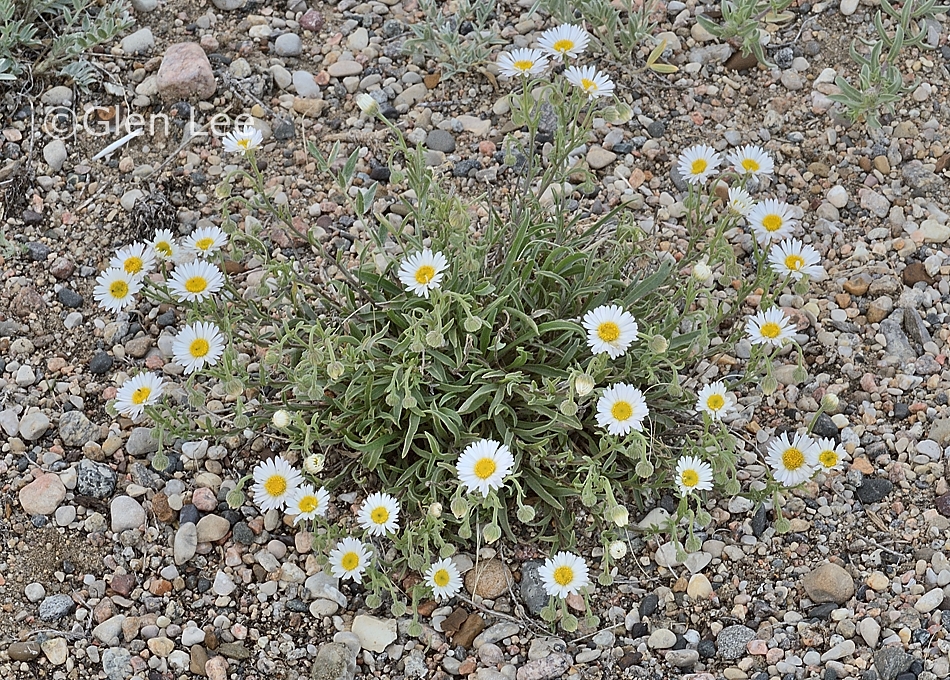
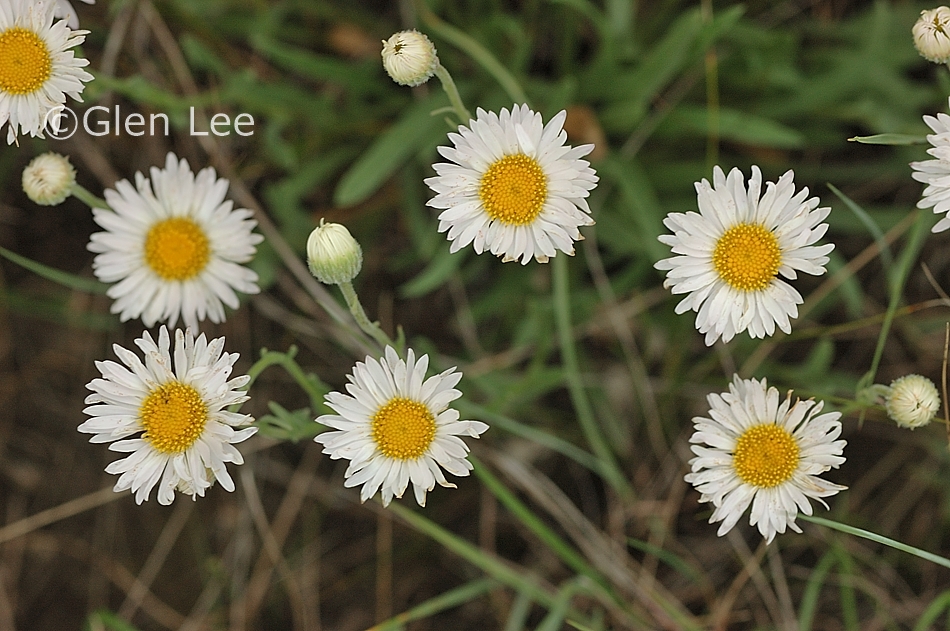
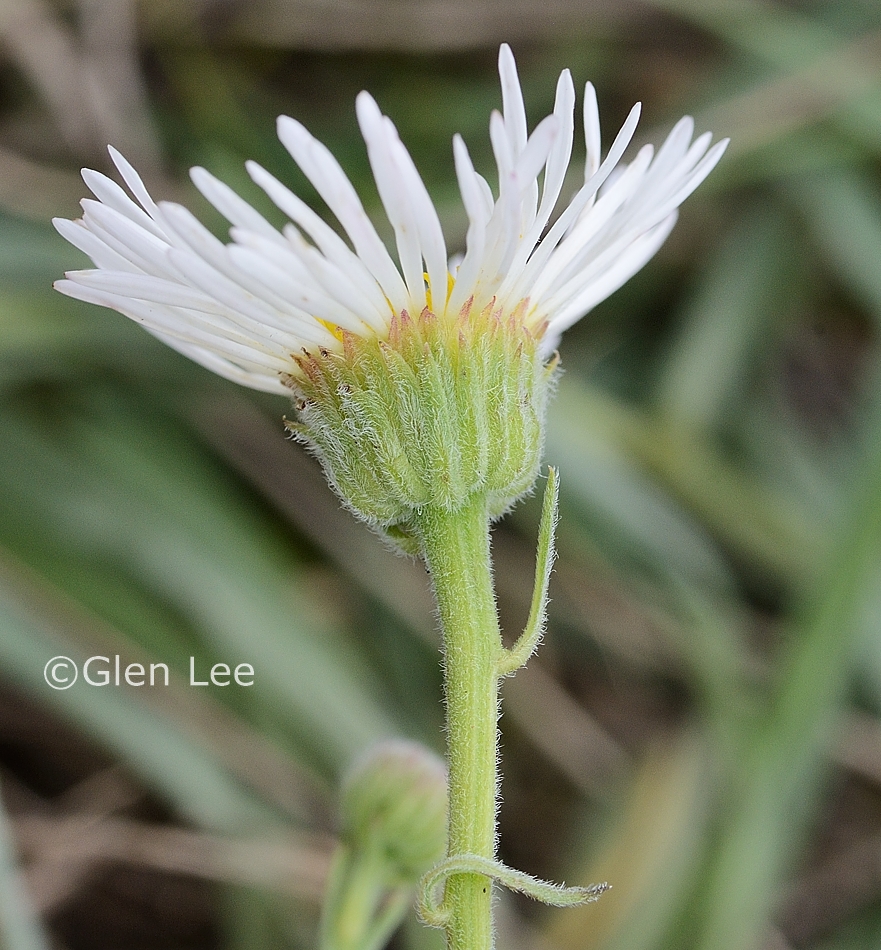
I count 4 series of bracts in the above photo.

Basal leaf shown in above photo, 3 nerves are faintly visible.

Basal leaf underside, 3-nerved characteristic evident.
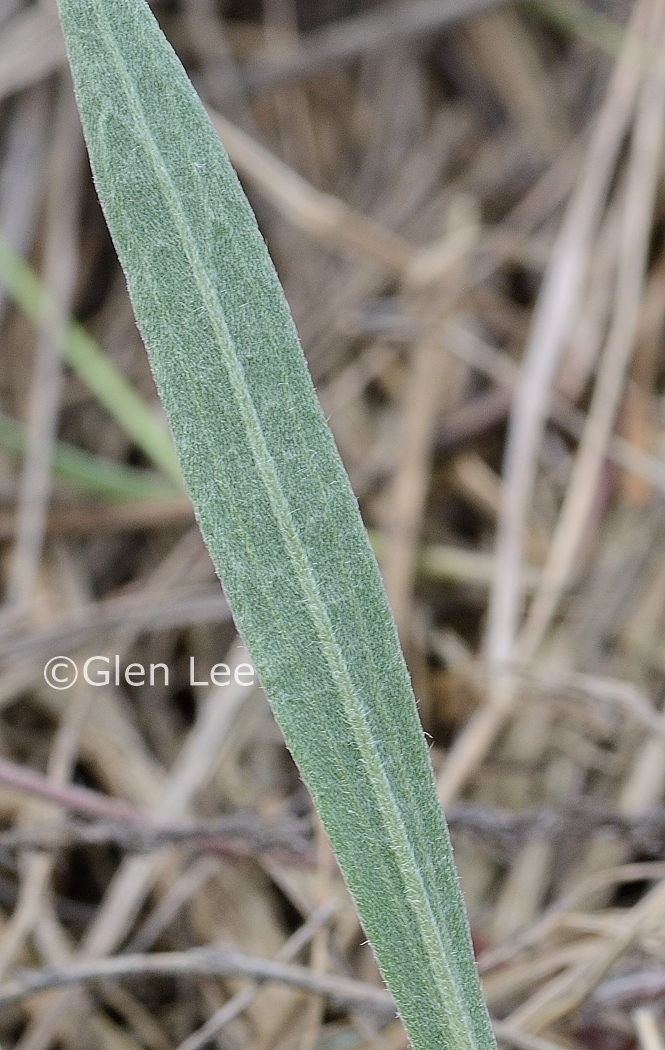
Basal leaf underside, 3-nerved characteristic evident.

Hairs short and not spreading.
Origin: Native.
General: Short plant with a tufted growth habit, can form large patches. Stems and leaves densely canescent.
Flowers: Daisy flowers with yellow centres in June, flower heads to 3 cm in diameter. One to three flower heads appear at the end of stems. Involucre with 4 series of bracts, we measured an involucre at 5 to 6 mm high.
Leaves: Basal leaves narrowly spatulate, with long stalks, I measured one at 12 cm long and 5 mm wide. Stem leaves alternate, without stalks, lanceolate, reduced in size upwards. We measured a stem leaf at 40 mm long by 4 mm wide.
Height: Height is listed in Budd's Flora to 20 cm, we measured plants to 17 cm tall.
Habitat: Dry prairie in southern Saskatchewan.
Abundance: Common.
Similar species: This plant is similar to
Erigeron pumilus. You
can distinguish between the two species by examining the basal leaves,
and the plant hairs.
- Leaf width - E. caespitosus has basal leaves more than 3 mm
wide, while E. pumilus has basal leaves 1-3 mm wide (Budd's
Flora).
- 3-nerved - E. caespitosus has basal leaves that are
3-nerved, while the basal leaves are E. pumilus are not
3-nerved (Flora of the Great Plains).
- Spreading hairs - the stems and leaves of E. pumilus have
hairs that are spreading. while the the stems and leaves of E.
caespitosus have hairs that are not spreading (Taxonomic
Reminder for Recognizing Saskatchewan Plants).
When and where photographed: Took the above photos June 30th and July 3rd, on prairie on the hills of the Qu'Appelle Valley, 30 km north of Regina, and July 20th old gravel pit now pasture about 400 km west of our home in Regina, SK.